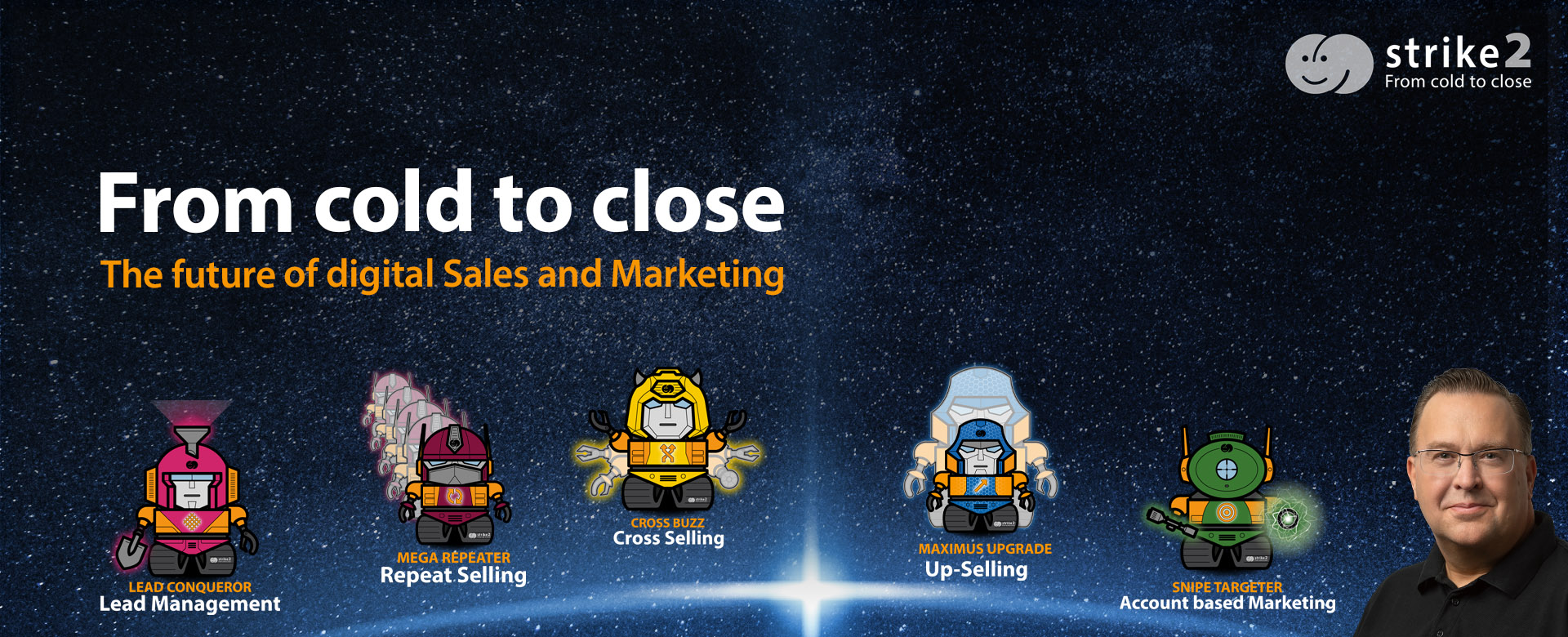
Customer journey analysis according to the Schuster Model®
What is a customer journey analysis?
With a customer journey analysis, you can find out how your customers’ buying journey is structured. You analyze which impulses, pains, goals or orders could motivate the person to embark on a purchase journey.
And then for each stage of the customer journey:
- What pain does your customer have in the respective phase?
- What questions does the person ask themselves in the respective phase?
- What goals does the persona have in the respective phase?
- Which content/content modules per phase could alleviate the pain, answer the questions or help to achieve the goals?
- What is the key message of your information / content modules per phase?
In the Schuster Model®, I recommend this phase model of the customer journey:
(TODO) Insert picture
The steps according to the Schuster Model®
Stage 1 Inform:
If a potential customer encounters a challenge, a “pain point” or a target as described above, they start to find out about possible solutions.
Stage 2 Enable:
With complex solutions, it then often happens that the prospective customer comes across terms or methods that they don’t know, can’t assess or where they have questions about the specific implementation. My favorite example is the digital camera. If you are looking for a digital camera, you come across terms like:
- Compact camera
- Bridge camera
- Digital reflex camera
- Mirrorless system camera
If you have no experience with the different types of digital cameras, you may not know what all the terms mean and may not be able to decide. How could you? If you don’t know what a bridge camera is, you won’t be able to decide on this type. So you need to empower yourself to understand what is behind this term. Imagine Peter Production Manager in this situation. If he doesn’t understand all aspects of the vacuum distillation unit or what they mean for his production right away, he will be happy to have a content module that helps him to empower himself.
Stage 3 Evaluation:
Once the prospective customer has qualified, he begins to evaluate the various methods, solutions or system types. In other words, they check which solutions are available and which best suit their requirements.
Stage 4 Evaluate:
Once the prospective customer has found the right solution option, he begins to evaluate the solutions and providers.
Stage 5 Final Preparation:
This stage of the buying process is about closing the deal. This is where the price, conditions and contract are negotiated. If several people are involved in the decision (buying center), your persona may think about how to convince the relevant people. How good it would be if you had already prepared the right arguments and could make them available to the persona. They would have less work and would use exactly the arguments that lead to success from your experience.
Stage 6 Application / benefit:
If the customer has bought, they use the product or system. If they have booked a service, the service is provided.
(TODO) Insert picture FLYWHEEL
What types of customer journey analysis are there?
Types of customer journey analyses and analyses of sub-processes:
- First purchase
- Repurchase
- Cross- and up-selling
- Target customers / Account based marketing / Selling
- B2B and B2C customers
- Community management
- Service process
- Applicants / Candidate Journey
- Employees / Employee Journey
Get in contact with us
Our contact data
strike2® GmbH - from cold to close®
Friedenstr. 15
D-63801 Kleinostheim
Tel: +49 6027 464219
Mobil: +49 170 41 70 717
Fax: +49 6027 464239
n.schuster@strike2.de
www.strike2.de
Linkedin: www.linkedin.com/in/NorbertSchuster
YouTube: https://www.youtube.com/c/NorbertSchuster
